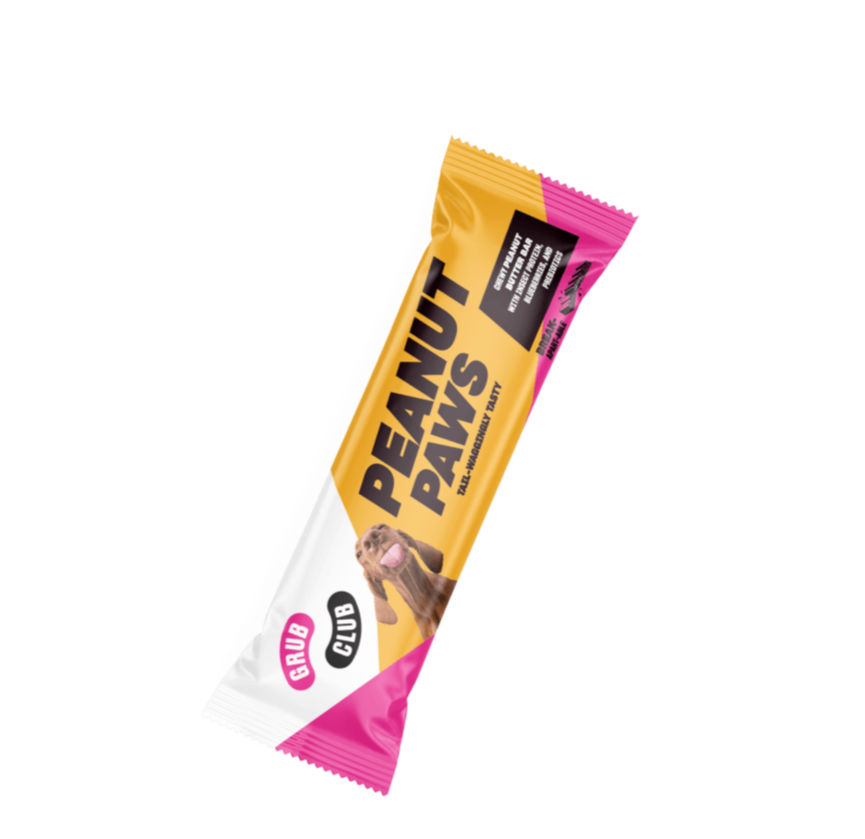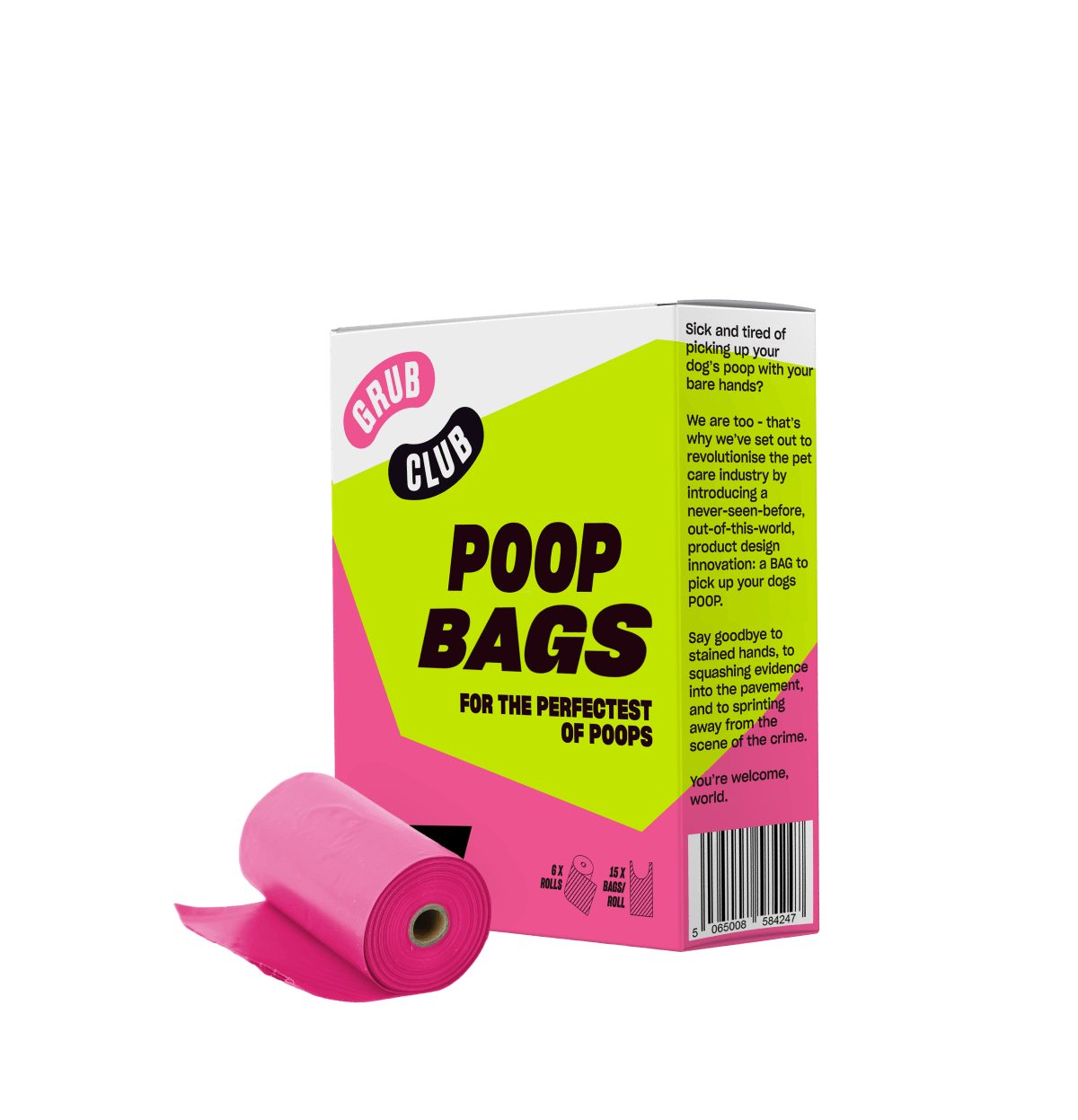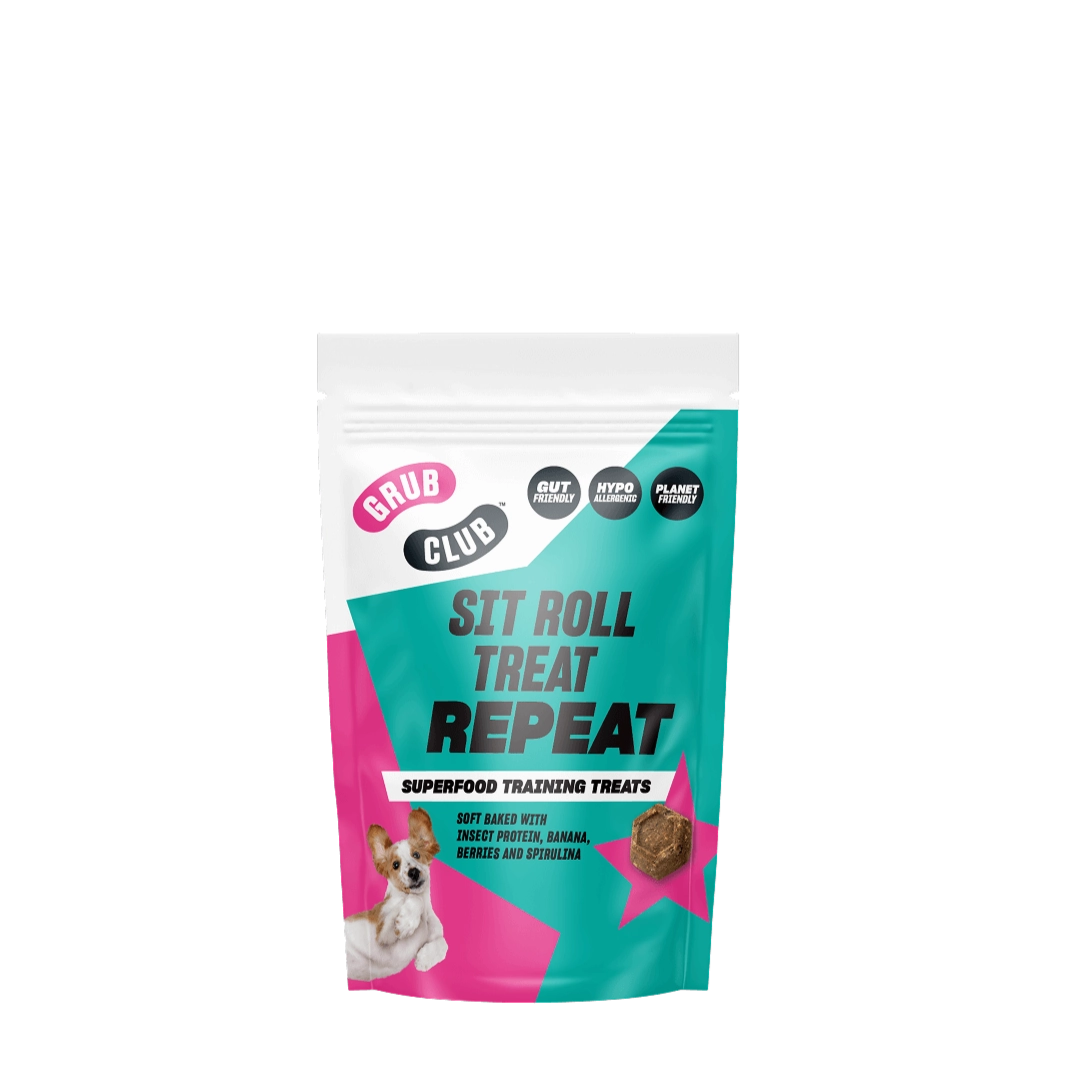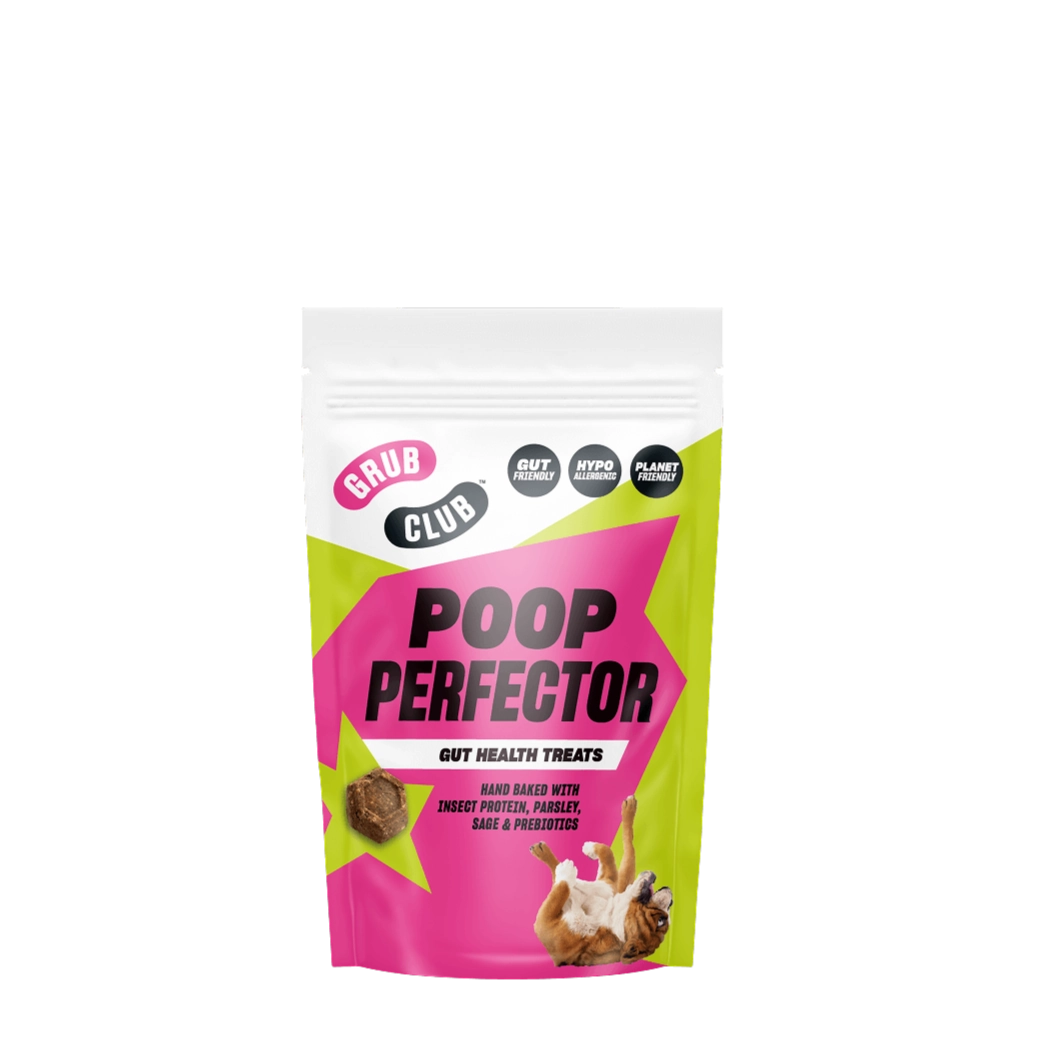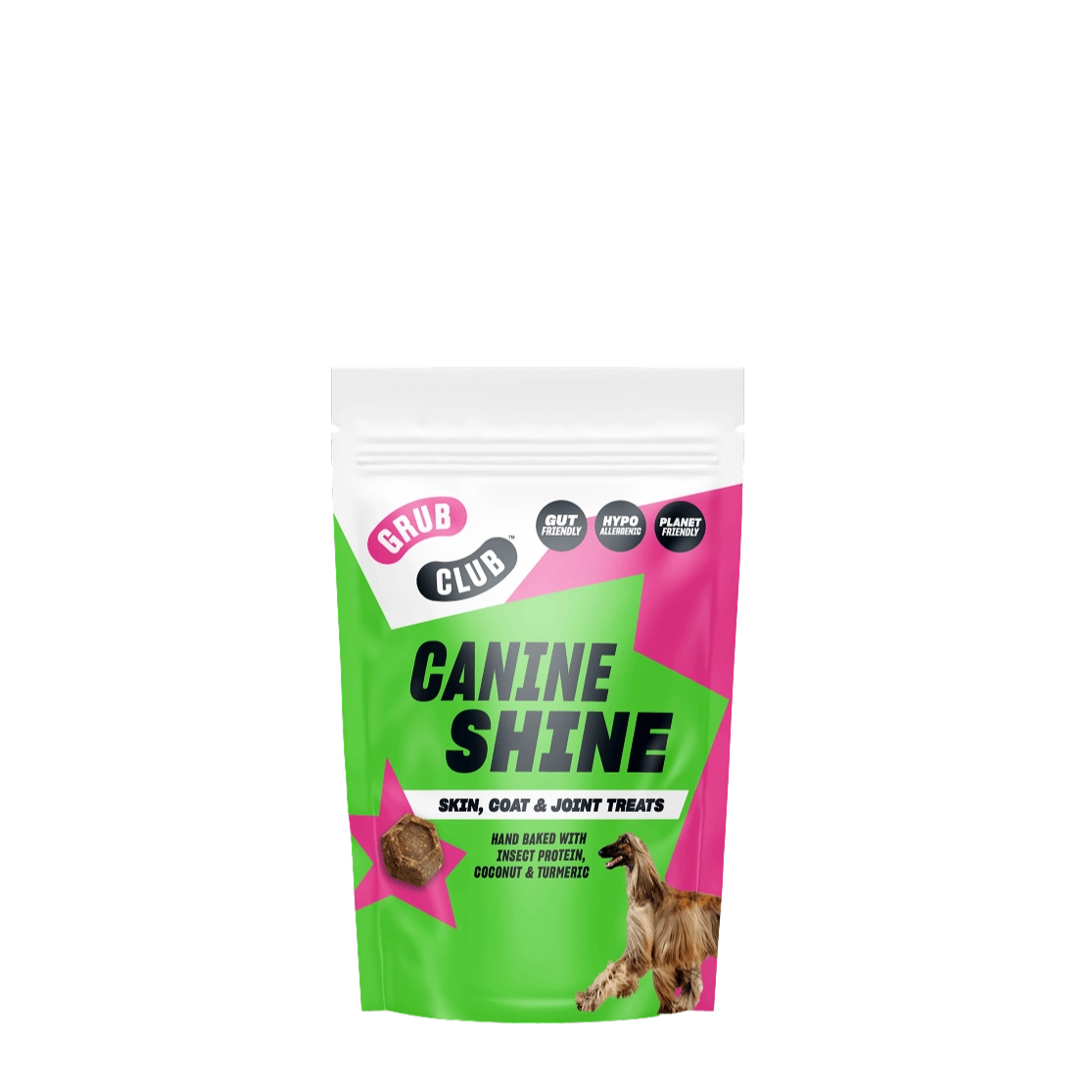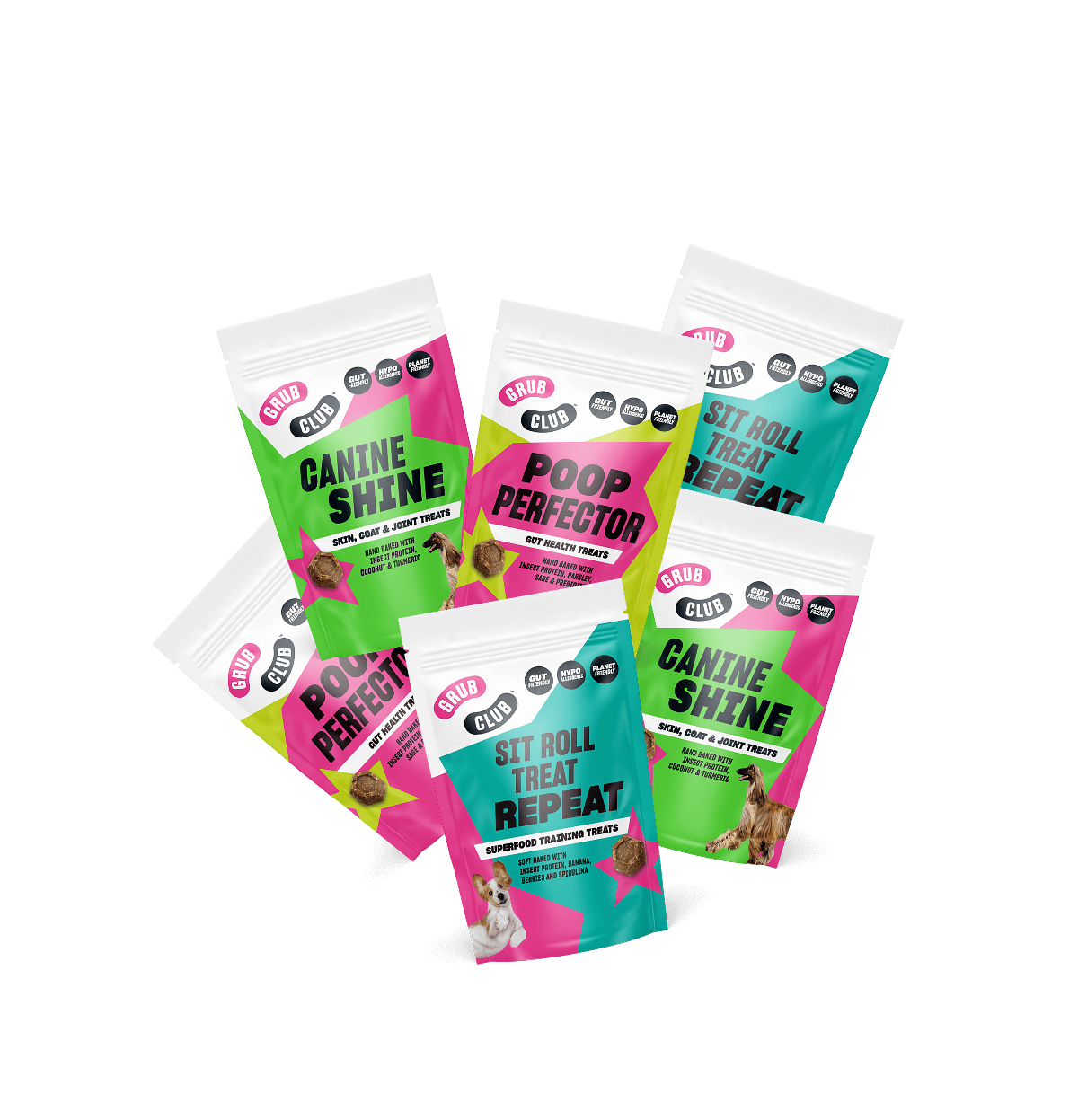Top Dog: All-In-One
Supplement for Snout-to-Tail Wellness
60 Scoops
FREE UK Delivery on orders above £49.
You have £0.00 in your cart, spend £49.00 more and get free shipping.
60 Scoops
1 Bar
72 Bags
1 Pack
1 Pack
1 Pack
Or continue without a name
CheckoutJust like humans, dogs can also be allergic or intolerant to different food groups. Luckily it's not as common as you think and there are tasty hypoallergenic options out there that will keep dog bowls empty and your pooch healthy and happy.
But before you put your dog on a dairy-free, gluten-free and 'fun-free' diet, we share the common food allergy symptoms to look out for and the most typical offending food groups *gives beef the stink eye*.

The most common food allergy triggers for dogs are beef, dairy, wheat, eggs, chicken, lamb and soy.
Just like us humans, every dog is unique and in very few cases, there may be dogs allergic to certain ingredients found outside of these food groups - for example, a very small percentage of dogs may be allergic to vegetables such as sweet potato and fruit such as blueberries.
Many dog owners switch their dogs to a raw food diet when struggling with food allergies, particularly allergies to grains. However a raw food diet is not without its cons for both dogs and their owners. And as we previously mentioned, beef, chicken and lamb are three of the most common allergy triggers for dogs. So, what next?
Cue insect protein... Insect protein is naturally hypoallergenic for dogs yet it contains twice as much protein per 100g compared to beef. Winner, winner, we're eating bugs for dinner!
At Grub Club, our nutritionally complete dog food All-Day Buffet, is made from insect protein and is also grain-free. We recommend purchasing a 1.5kg bag to test for allergies or give our full range a go with our Intro Bundle and get £15 OFF.

The best way to identify your dog's food allergy is through a food elimination diet. Before you start, write down a complete diet history (a list of every single food item that regularly passes your dog's lips).
Next, you'll need to introduce your dog to a brand new diet that doesn't contain any of the food items on the diet history list. We highly recommend seeking advice from your dog's vet on what food they should eat on their new diet but a hypoallergenic dog food such as All-Day Buffet is definitely a great place to start. This will ensure that your dog gets all of the nutrients they need to be healthy whilst cutting out some of those top food allergens we mentioned earlier.
Once you've decided on the new diet, your dog must avoid all of the previous food items for at least eight weeks in order for the food items to fully leave your dog's system.
After eight weeks, you can either continue to feed your dog their new diet indefinitely or start reintroducing the food items from the old diet one by one. If the allergy symptoms start up again, you'll know it was that food item that was causing the allergy.

